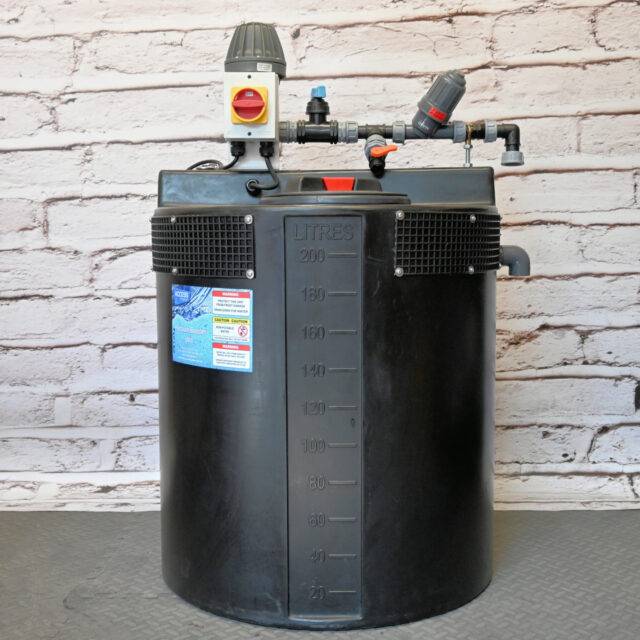
Regulations Explained
The Water Supply (Water Fitting) Regulations 1999 provides five backflow prevention categories dependant on the risk level of the water use.
The regulations require back-flow prevention devices to prevent the water on the premises being drawn backward into the public drinking water supply.
Causes of Backflow
Backflow may occur in a number of situations, including burst pipes in the street or cross connection of the mains water supply with pressurised supplies on the premises. An assessment needs to be made of the potential dangers to health of the backflow – if the backflow water comes from a butcher’s shop it is more likely to be contaminated than a newsagent.
In the legislation, fluid risk category 5 covers the following areas:
Fluid which represents a serious health hazard because of the concentration of pathogenic organisms, radioactive or very toxic substances, including any fluid which contains –
-
- faecal material or other human waste:
- butchery or other animal waste: or
- pathogens from any other source.
A non-exhaustive list of examples of this include:
General:
- Industrial cisterns
- Non-domestic hose union taps
- Permeable pipe other than domestic gardens, laid below or at ground level, with or without chemical additives
Medical:
- Mortuary and embalming equipment
- Commercial clothes washing plant in health care premises
Food processing:
-
- Butchery and meat trades
- Slaughterhouse equipment
- Vegetable washing
To provide category 5 compliance, Access Irrigation produce a Cat 5 break tank and pump set. The break tank has a category ‘AB’ air-gap and the pump re-pressurises the water. An auto start device on the pump brings the pump on when there is a water demand and will stop the pump when the demand ceases. The pump set is available with a range of Lowara pumps which can be matched to the flow and pressure requirements of the project.
The storage tank holds 200 litres of water and has a 1/2” BSP inlet thread and will handle an inflow of up to 1,200 l/h into the tank.